Tea, Coffee, and cocoa are known as the world's three major beverages, each captivating different palates around the globe with their unique charms. When some creative beverage enthusiasts with out-of-the-box thinking attempt a new method of preparing traditional Chinese Tea using a “Chinese tea, Western preparation” approach by extracting tea with a coffee machine, what kind of flavor does it produce? Let's explore together.
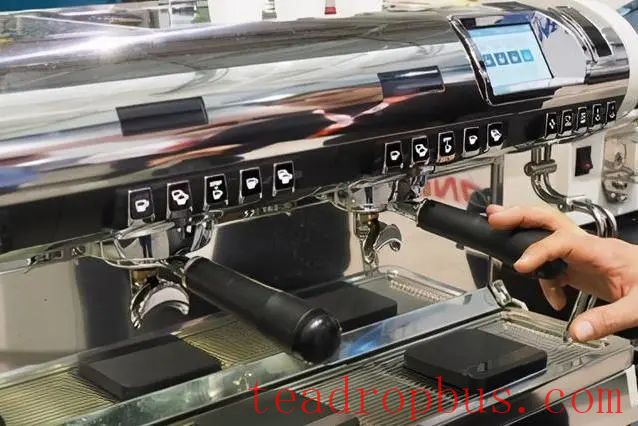
Semi-automatic coffee machines extract coffee under pressure, but tea is different from coffee as it lacks oils and requires strict temperature control for its output. By placing traditional whole leaf tea directly into the coffee machine's extraction handle, the machine's water filters through the leaves, quickly producing a cup of tea.
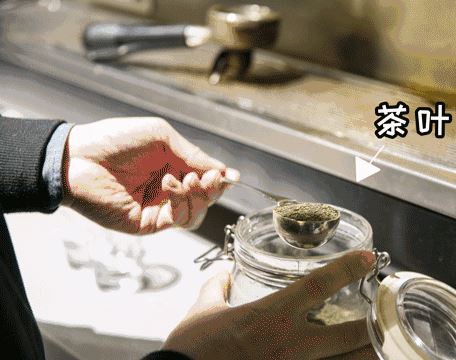
Tasting the tea, you'll find that the flavor is very light, and the volatile aroma is weak. When you remove the handle to inspect, the leaves have not fully expanded, making it difficult for the essence of the tea to be completely extracted in the coffee machine's quick extraction mode. Perhaps adjusting the water flow settings of the coffee machine or performing a quick rinse of the leaves before extraction could help achieve better initial expansion of the leaves, facilitating the release of more effective substances later on.
If you extract a normal cup's worth of tea, the flavor will still be quite light. At this point, changing the container and using a pot-sized extraction method, or waiting about 10 seconds before extracting the tea, allows the leaves to fully unfurl. The resulting tea has a richer, brighter, and purer color compared to a quick extraction, although the aroma is not as strong as when traditionally steeped in a cup. This may be due to the characteristic volatility of the tea's aromatic compounds under high temperature and pressure. However, the tea extracted with a coffee machine scores points for its body and richness.
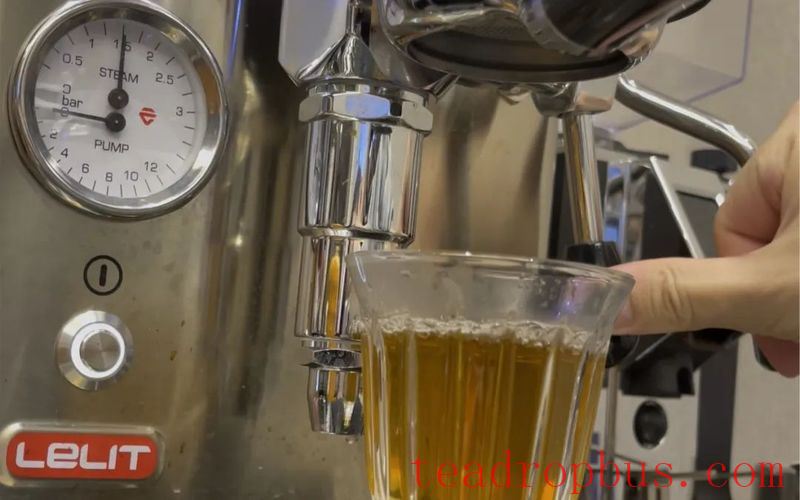
When brewing tea with a coffee machine, the rapid filtration of the coffee water makes it challenging to fully extract the effective substances from the leaves, resulting in a relatively thin tea. Only by pre-soaking the leaves or grinding them into powder can you better showcase the concentration of the tea's flavor.
However, since the grinding function of a coffee machine is specifically designed for coffee beans, grinding tea leaves would pose issues. The fibrous nature of tea leaves can get caught in the grinder, and finely grinding the tea leaves into powder is difficult. Powdered material entering the coffee machine absorbs water and swells, potentially clogging the machine and preventing stable extraction. Moreover, the fully crushed tea leaves result in a very bitter tea that is not easy to drink directly. Lastly, the residue of tannins requires time-consuming and labor-intensive cleaning of the coffee machine.
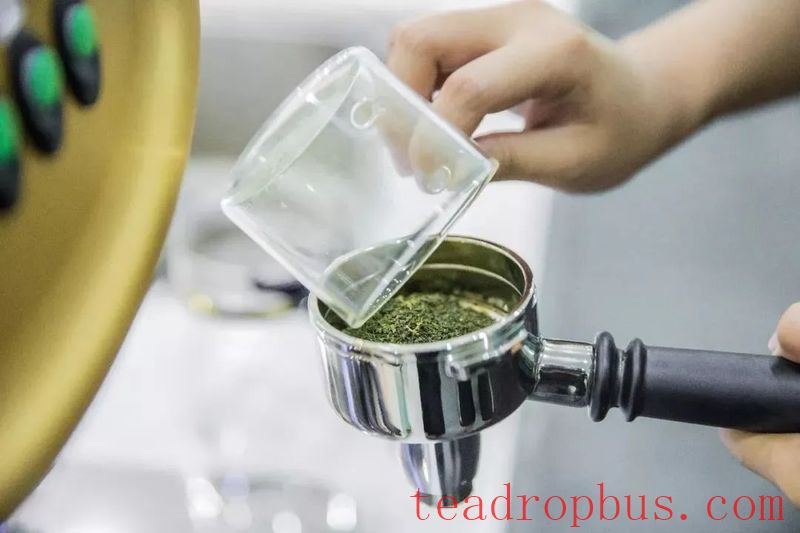
However, there are benefits to extracting tea with a coffee machine. With proper and precise use, adjusting the water flow, temperature, pressure difference, and pre-grinding methods can mitigate some of the disadvantages of mechanical extraction, allowing for the convenient and rapid production of a flavorful cup of tea.
Now, there are commercial machines available that can extract both tea and coffee. Some modern tea shops pre-grind tea leaves and use calibrated equipment to directly extract fresh tea liquid for their “premium freshly-extracted Milk tea” series. Even capsule tea machines have been introduced, enabling the creation of simple, convenient, and high-quality tea comparable to that prepared by professional tea masters.
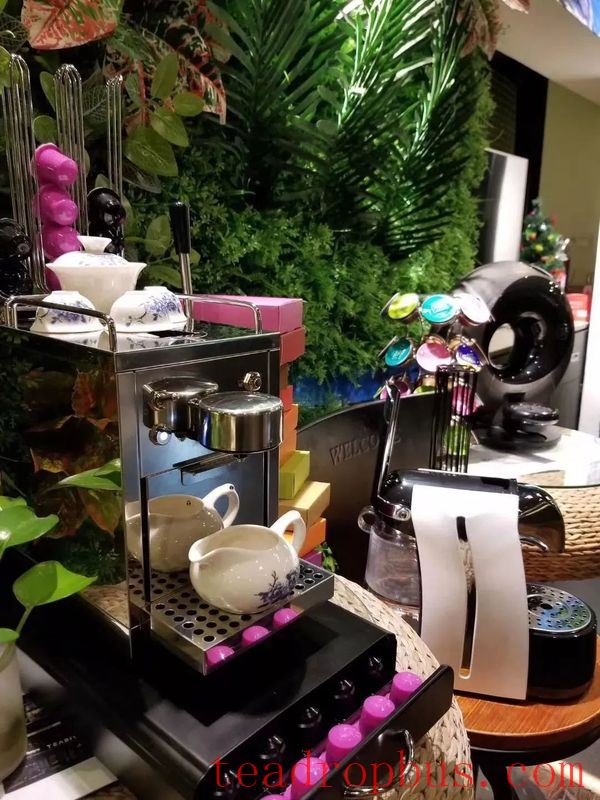
The charm of tea is infinite and boundless. Different brewing methods reveal various flavors and styles, which is part of what makes tea both enjoyable and fascinating to experiment with.